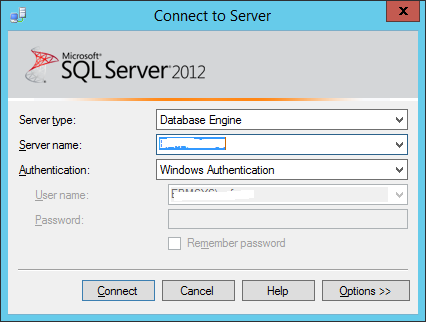In this post, we’ll learn how to fix “The database could not be exclusively locked to perform the operation” error that you may encounter when renaming a database in SQL Server.
You might also like to read Database is not accessible due to a Single User mode
The database could not be exclusively locked to perform the operation
When I tried to rename SQL Server database using SQL Management Studio by clicking on the database name then click F2. I got the below error:
Rename failed for Database
The database could not be exclusively locked to perform the operation
Why I can’t rename SQL Server database?
Simply, you got “Rename database failed” error when you tried to rename SQL Server database because you can’t rename a database in MULTI_USER Mode.
How to rename SQL Server Database?
To rename the database you must first set the database to a Single-user mode that used for maintenance actions.
Single-user mode allows only one user at a time can access the database and is generally used for maintenance actions.
- Open SQL Sever Management Studio.
- Connect To SQL Server.

- From Toolbar, Click on New Query.
- Paste the following query by replacing your entries.
ALTER DATABASE DB -- old Database Name SET SINGLE_USER WITH ROLLBACK IMMEDIATE GO ALTER DATABASE DB --old Database Name MODIFY NAME = DB_V2 --New Name GO ALTER DATABASE DB_V2 -- New Name SET MULTI_USER GO
The above query will do the following:
- Set the database to set SINGLE_USER mode.
- Modify the database name.
- Set the database back to MULTI_USER mode.
Note: If other users are connected to the database at the time that you set the database to single-user mode, their connections to the database will be closed without any warning.
Conclusion
If you would like to rename a database in SQL Server, you should first set its Mode to SINGLE_USER to allow the maintenance mode, otherwise, you will get “The database could not be exclusively locked to perform the operation“.
Applies To
- SQL Server 2016.
- SQL Server 2014.
- SQL Server 2012.
- SQL Server 2008.
See Also

